If you’ve got a stomach bug, bananas, rice, applesauce and toast are easy on your stomach
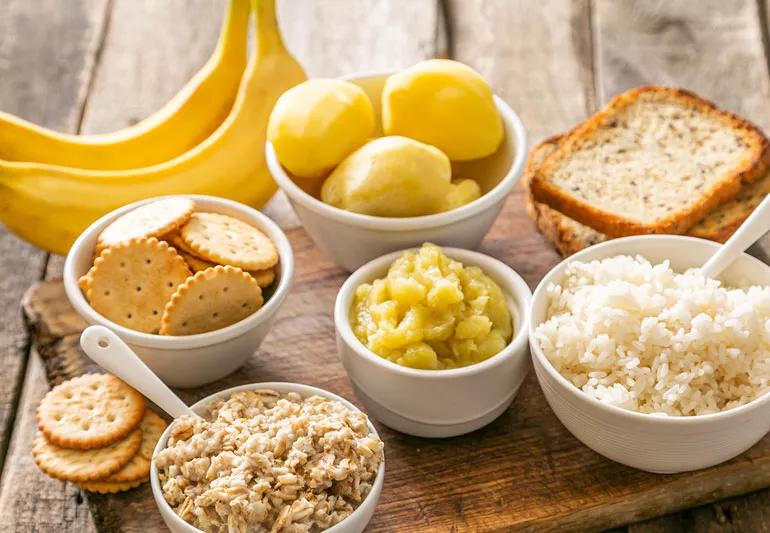
If you’re battling the stomach flu or dealing with diarrhea, you might eat soft, bland foods that won’t upset your digestive system.
Advertisement
Cleveland Clinic is a non-profit academic medical center. Advertising on our site helps support our mission. We do not endorse non-Cleveland Clinic products or services. Policy
Typically known as the BRAT diet, this way of eating has been said to help ease symptoms like nausea, diarrhea and vomiting. But many of the foods included in the BRAT diet lack essential nutrients, so is it safe to use? And does it really make you feel better?
Family medicine specialist Sarah Beers, MD, explains what the BRAT diet is, whether it’s safe and when it’s best to use it.
BRAT stands for:
Consuming those foods for a day or two while feeling sick may help alleviate symptoms of the stomach flu (actually viral gastroenteritis, not the “regular” flu) and other stomach illnesses, even food poisoning.
“Those foods tend to be pretty gentle on the GI tract,” says Dr. Beers. “But they really aren’t going to improve nausea. It’s just a way to get a little bit of nutrients into your system.”
In addition to eating bananas, rice, applesauce and toast, there are other mild foods you can turn to when you’re having stomach issues:
“You don’t necessarily need to stick to those four foods,” says Dr. Beers. “Those other foods even though they’re not bananas, rice, applesauce or toast will also be really helpful.”
Advertisement
While it’s encouraged to eat normally while you’re sick, you may want to avoid the following. These foods may make you more dehydrated or make you more nauseated or vomit more.
If you’re experiencing diarrhea or have the stomach flu, eating bland foods can be helpful.
“Typically, people are encouraged to eat as tolerated,” says Dr. Beers. “Your stomach tends to handle smaller meals better. But if you’re actively vomiting, then you need to stick to liquids.”
Liquids to drink:
Even if you’re eating bland foods, staying hydrated is key to recovery — and will be more likely to help with symptoms like diarrhea.
As a temporary solution — a day or two — the BRAT diet can be useful but shouldn’t be used as a daily way of eating, for weight loss or as a solution for those with conditions like irritable bowel syndrome (IBS), gastroesophageal reflux (GERD) or diverticulitis.
The BRAT diet lacks vital nutrients like calcium, vitamin B12, protein and fiber.
“In the short term, it’s kind of a means to an end,” says Dr. Beers. “But you’re not getting any great nutritional value from it and you’re not going to get everything that you need if you use it long term.”
As for how long it takes the BRAT diet to work? Sometimes the BRAT diet just doesn’t work. If you’re vomiting or having diarrhea for more than a day or two and aren’t feeling any better, it’s time to contact your healthcare provider for medical advice.
Advertisement
Learn more about our editorial process.
Advertisement
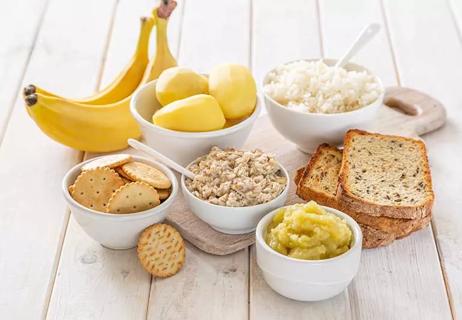
Keep the menu plain and simple and make sure you stay hydrated
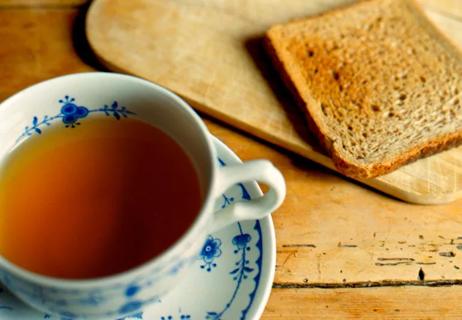
Start slowly with clear fluids, and then move to bland, easy-to-digest foods

Vomiting and fevers are a hard no — other symptoms are a judgment call

Throwing up is typically from a stomach bug, but it can also be a sign of other digestive issues

Not all rainbows have gold at the end — the ones our bodies produce offer insight into our health

Time of onset and duration of symptoms tell the story
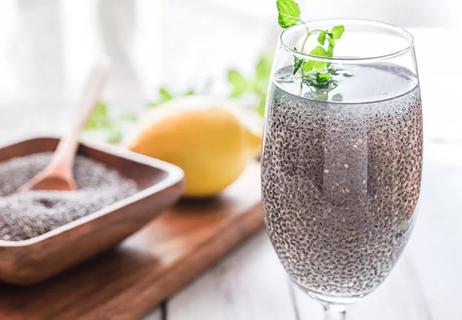
A dietitian weighs in on social media’s popular constipation recommendation
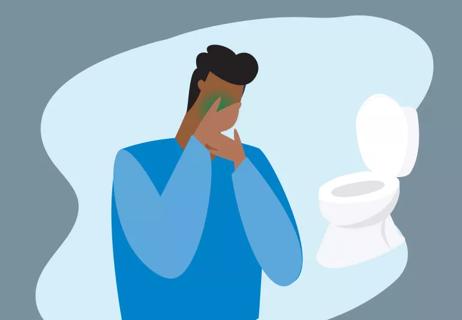
Drink small amounts of water for a few hours after throwing up

Type 2 diabetes isn’t inevitable with these dietary changes

Applying a hot or cold compress can help with pain